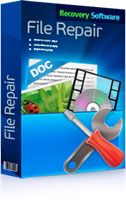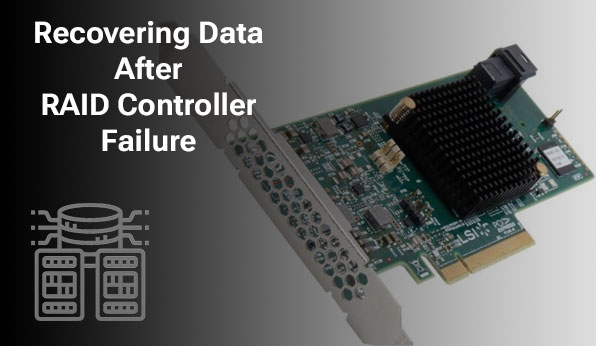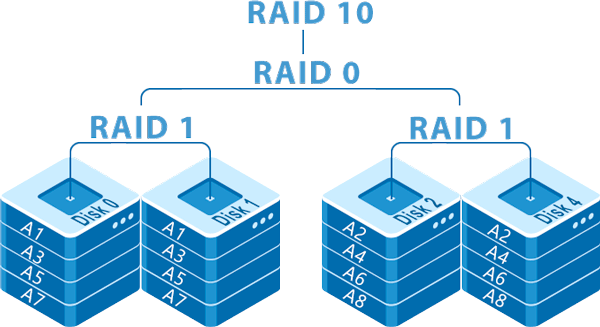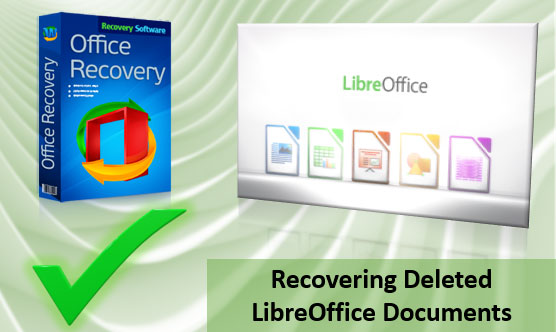Today’s data recovery tools are highly sophisticated, featuring advanced algorithms that can do things that look like magic. In an ideal world, those tools would bring you all the files in a 100%, fully usable condition. In real life, things happen. This article discusses what can be done if some of the files being recovered are damaged, corrupted or incomplete.
Why Recovered Files Can Become Corrupted
As you already know, the very principle of data recovery is based on the fact that Windows will not physically erase the content of a deleted file on the disk. Instead, it simply marks its record in the file system as “deleted”, advertising disk space previously occupied by that file as available. What a data recovery tool does is assembling these “available” disk sectors together into a single file, and voila! – you’ve got your file back.
But wait. Those sectors on the disk were available for some time. What if Windows writes some other file into some of those sectors? Or what if the file was fragmented, and a data recovery tool was unable to correctly access all 100% of its content? If this is the case, you will get a corrupted file that you won’t be able to put to its intended use.
Repairing Corrupted Files
Depending on exact format of the file, you can try using tools that can repair the damage. Sometimes it’s as simple as fixing the header, and sometimes the file has to be literally rebuilt from small pieces in order to produce something that works.
RS File Repair is one of the tools that can help you fix damaged files. At this time, the tool can recover damaged pictures in one of the most popular image formats: JPEG. If you have a family photo album stored on your hard disk, most likely the pictures are stored as JPEG files.
So, RS File Repair will repair those .JPG and .JPEG images that come out damaged, corrupted or incomplete after a recovery process. The tool can do a lot of things from simply fixing the file header to actually rebuilding the JPEG from individual compressed blocks. Working on a block level, it will not attempt to re-compress data, producing repaired files in exactly the same quality as original without any new artifacts introduced in the process. RS File Repair preserves EXIF information and embedded previews.
In addition to JPEG format, RS File Repair can also repair TIFF and PNG files. These two formats are rarely used for keeping household photos, but often used by designers and artists who need lossless storage.
Using RS File Repair is easy and simple. A fully guided wizard will take you through the whole process step by step, helping you select, repair, view and save pictures in just a few steps.










